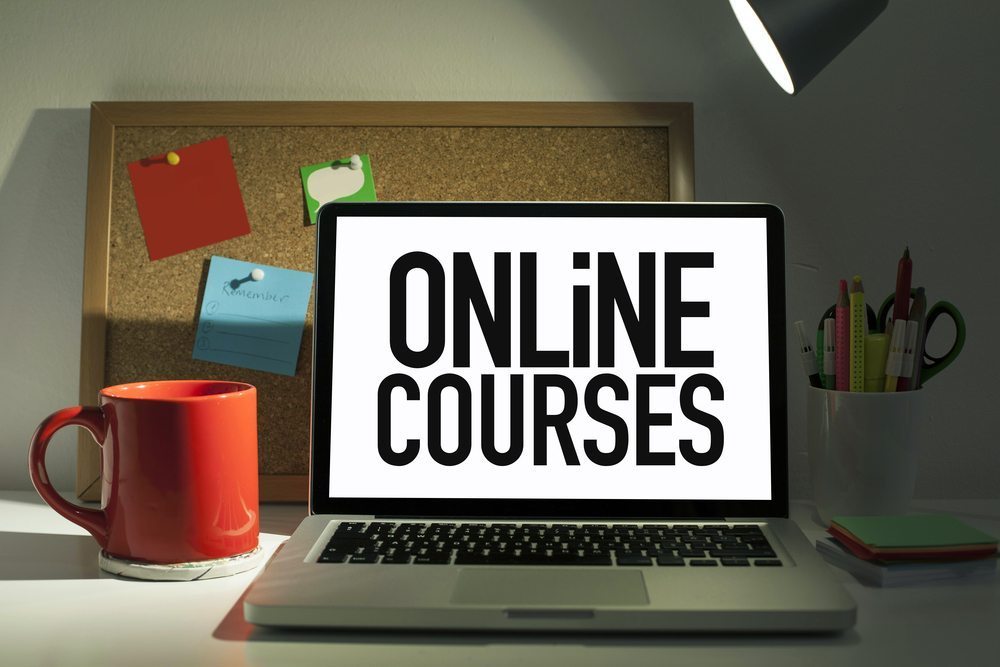
Online courses have become a popular way to share knowledge, build authority, and create an additional stream of income. However, starting an online course can feel daunting, especially if you’re unsure about pricing, marketing, or whether you’re “expert” enough. This article breaks down the essentials, including pricing strategies, validating demand, and avoiding common pitfalls, all to help you get started with your online course.
Step 1: Determine Your Pricing Strategy
One of the trickiest aspects of launching an online course is figuring out how much to charge. There are two main schools of thought when it comes to pricing:
- Start Low and Increase: Many creators begin by offering their course at a lower price point and gradually increase it as demand grows. This approach lets your early customers feel good about getting in at a cheaper price while allowing you to raise prices as your course gains credibility and testimonials.
- Start High with High Value: Another approach is to start by charging a premium price, like $1,000 or more, while delivering significant value—$10,000 worth of content or more. This method appeals to people looking for high-quality, comprehensive solutions and positions your course as a premium product.
Whichever pricing strategy you choose, the key is to experiment. Research resources on pricing for online courses on platforms like YouTube, Google, and Amazon, and find what works best for your audience.
Step 2: Understand the Funnel
In the world of online business, a “funnel” describes your customers’ journey from the moment they hear about you to when they make a purchase. A funnel is usually divided into several stages:
- Top of the Funnel (Awareness): This is where people first hear about you, perhaps through YouTube videos or blog posts.
- Middle of the Funnel (Interest): A small percentage of those who know about you will visit your website, check out your offerings, and maybe click around to learn more.
- Bottom of the Funnel (Action): Of the people who visit your site, a portion will buy your course, and some may even purchase an upsell.
The goal is to get as many people as possible into the top of your funnel so that a smaller percentage can make their way to the bottom, where the purchase happens. Russell Brunson’s book DotCom Secrets is an excellent resource for mastering funnels in the context of online businesses.
Step 3: Use the Right Tool
Starting an online course can feel overwhelming, but the right tools can help boost your credibility and ease the process.
One such tool is Fakedash, designed to provide that extra touch by displaying impressive revenue figures to your students.
By using the Fakedash Shopify dashboard, you can confidently show potential students that your online course is backed by a successful business. It reassures them that you know what you’re doing, helping to build trust and encouraging them to sign up for your course.
This transparency can make all the difference in converting hesitant prospects into paying students, as they see firsthand that you’re running a profitable venture.
With the right tools in place, you can enhance your professional image and simplify the course management process.
Step 4: Don’t Worry About Being an “Expert”
One common fear when starting an online course is not feeling like an expert. But you don’t need to be the world’s top expert to provide value. All you need is to be a few steps ahead of your students. For example, if you know how to edit basic YouTube videos, you can teach beginners who are completely new to video editing.
Most people overestimate what it means to be an expert. It’s more important to deliver actionable, easy-to-understand lessons that people who are a step or two behind you can benefit from. Focus on what you know and how you can help those just starting out.
Step 5: Validate Demand Before Creating the Course
One of the biggest mistakes new course creators make is developing an entire course without validating that there’s a demand for it. To avoid wasting time, create a simple waitlist or landing page where people can sign up if they’re interested. If no one signs up for your waitlist, it’s a sign that you may need to tweak your course idea or rethink your target audience.
It only takes a few minutes to create a waitlist page, and it’s a vital step to ensure you’re not building a course that no one wants to buy.
Step 6: Handle Piracy and Free Content
Many new course creators worry about content piracy, and while it’s a valid concern, it’s something that happens to nearly everyone. People may pirate your course or try to resell it for a fraction of the price, but this shouldn’t stop you from moving forward. Embrace the fact that piracy is just part of doing business online.
When deciding how much content to give away for free (e.g., on YouTube), consider this: the more valuable free content you provide, the more money you can make from paid courses. Free content helps establish your authority, builds trust, and brings people into your funnel. While the course content could be available on YouTube in bits and pieces, customers buy the course for the convenience of having everything in one place, in a structured roadmap.
Step 7: Offer a Money-Back Guarantee
A great way to reduce potential customers’ anxiety and boost conversions is by offering a hassle-free refund policy. If someone doesn’t find your course valuable, you should allow them to get their money back easily. Not only does this build trust, but it also removes the fear that potential buyers might have about spending money on your course.
Refunds are a natural part of business. Some people may even try to game the system by signing up, downloading your course, and requesting a refund. This is just a cost of doing business, and it shouldn’t discourage you from offering refunds.
Step 8: Recommended Resources for Online Courses
To dive deeper into starting an online course business, here are some excellent resources:
- $100M Offers and $100M Leads by Alex Hormozi
- DotCom Secrets, Expert Secrets, and Traffic Secrets by Russell Brunson
- The Millionaire Messenger by Brendon Burchard
These books and courses can provide further insights into scaling your online course business.
Final Thoughts
Starting an online course requires thoughtful planning, experimentation, and a willingness to learn. Focus on delivering value, and don’t be discouraged by setbacks. Whether you’re concerned about pricing, piracy, or your level of expertise, the most important step is simply to get started. With the right approach, you can build a successful course that helps others while generating income for you.




